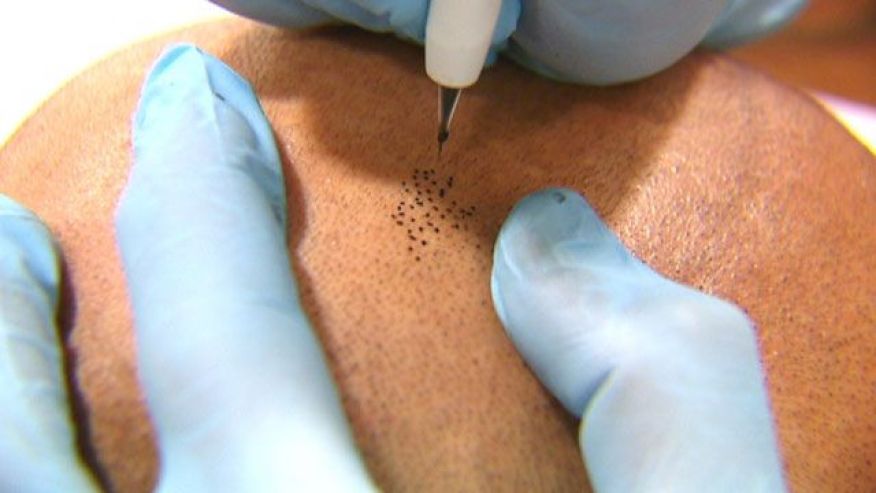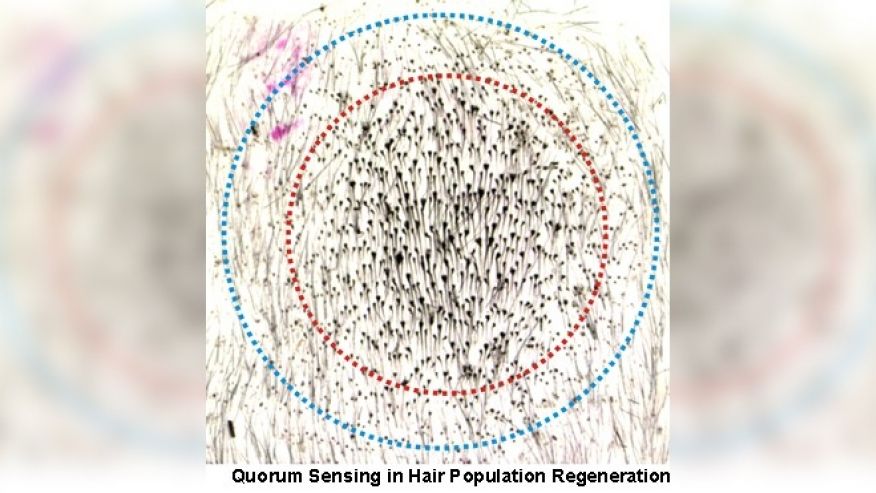The U.S. Preventive Services Task Force (USPSTF) has concluded that the current evidence is insufficient to assess the balance of benefits and harms of screening for impaired visual acuity (clearness of vision) in adults age 65 years or older. The report appears in JAMA.
This is an I statement, indicating that evidence is lacking, of poor quality, or conflicting, and the balance of benefits and harms cannot be determined. An I statement is not a recommendation against screening but a call for more research.
Impairment of visual acuity is a serious public health problem in older adults. In 2011, about 12 percent of U.S. adults age 65 to 74 years and 15 percent of those 75 years or older reported having problems seeing, even with glasses or contact lenses. The USPSTF reviewed the evidence on screening for visual acuity impairment associated with uncorrected refractive error,cataracts, and age-related macular degeneration (AMD) among adults 65 years or older in the primary care setting who have not reported problems with their vision; the benefits and harms of screening; the accuracy of screening; and the benefits and harms of treatment of early vision impairment due to uncorrected refractive error, cataracts, and AMD. The USPSTF is an independent, volunteer panel of experts that makes recommendations about the effectiveness of specific preventive care services such as screenings, counseling services, and preventive medications.
Detection
The USPSTF found convincing evidence that screening with a visual acuity test can identify persons with a refractive error, and that screening questions are not as accurate as visual acuity testing for assessing visual acuity. The USPSTF found adequate evidence that visual acuity testing alone does not accurately identify early AMD or cataracts.
Benefits of Detection and Early Treatment
The USPSTF found inadequate overall evidence on the benefits of screening, early detection, and treatment to provide a coherent assessment of the overall benefits. Several studies evaluated the direct benefit of screening and reported no reductions in vision disorders or vision-related function in screened populations; however, these studies had limitations, including differing control interventions, high loss to follow-up, and low uptake of treatment. The USPSTF found adequate evidence that early treatment of refractive error, cataracts, and AMD improves or prevents loss of visual acuity.
Harms of Detection and Early Treatment
The USPSTF found inadequate evidence on the harms of screening, and adequate evidence that early treatment of refractive error, cataracts, and AMD may lead to harms that are small to none.
Risk Assessment
Older age is an important risk factor for most types of visual impairment. Additional risk factors for cataracts are smoking, alcohol use, ultraviolet light exposure, diabetes, corticosteroid use, and black race. Risk factors for AMD include smoking, family history, and white race.
Treatment and Interventions
Treatments include corrective lenses for refractive error; surgical removal of cataracts; laser photocoagulation, verteporfin, and intravitreal injections of vascular endothelial growth factor inhibitors for exudative (or wet) AMD; and antioxidantvitamins and minerals for dry AMD.
USPSTF Assessment
The USPSTF concludes that the evidence is insufficient to assess the balance of benefits and harms of screening for impaired visual acuity in older adults. The evidence is lacking to provide a coherent assessment, and the balance of benefits and harms cannot be determined.
[Source:- Medicalnewstoday]














